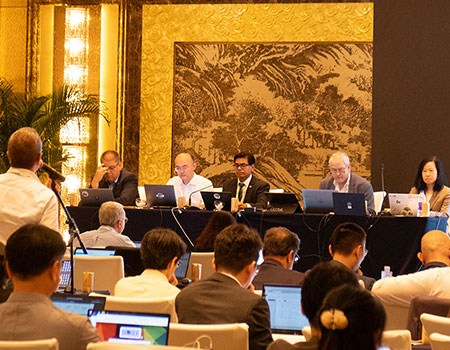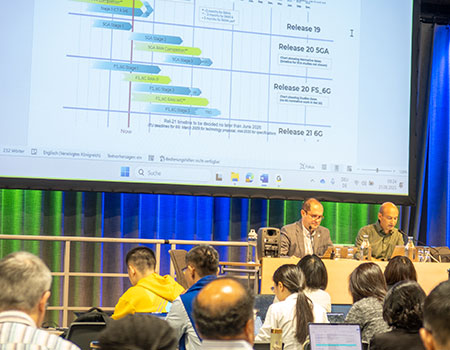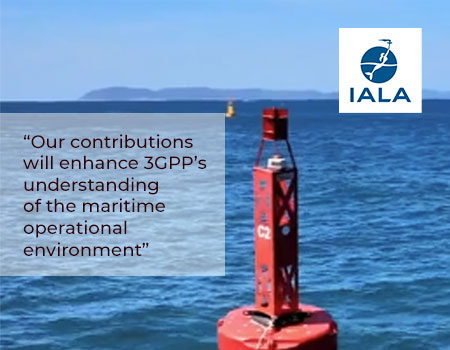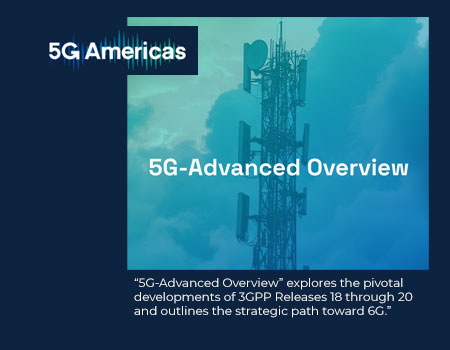Evolution of LTE in Release 13
February 18, 2015
by Dino Flore, 3GPP RAN Chairman,
This article provides a brief overview of the main projects approved so far by 3GPP RAN for the evolution of LTE in Release 13. While a few more projects may be approved in the coming months, the list below gives a good idea on how LTE is being evolved to meet various market demands.
LTE in unlicensed spectrum
(aka Licensed-Assisted Access)
The goal is to study enhancements for LTE to operate in unlicensed spectrum.
While licensed spectrum remains 3GPP operators’ top priority to deliver advanced services and user experience, the opportunistic use of unlicensed spectrum is becoming an important complement to meet the growing traffic demand. Licensed-Assisted Access will give operators the option to make use of unlicensed spectrum with a unified network, offering potential operational cost saving, improved spectral efficiency and a better user experience.
The focus of the Release 13 work is on the aggregation of a primary cell, operating in licensed spectrum to deliver critical information and guaranteed Quality of Service, with a secondary cell, operating in unlicensed spectrum to opportunistically boost data rate. A key objective of the project is to ensure fair coexistence between LTE LAA and Wi-Fi.
More details on the progress of the LAA study can be found in the recent presentation RP-150055.
Carrier Aggregation enhancements
The LTE CA framework was standardized in Release 10, with the protocol allowing aggregation of up to 5 Component Carriers (CCs) in downlink and uplink. As operators have planned for deployments with the aggregation of more and more carriers, it has become necessary to expand the LTE CA framework to be able to aggregate more than 5 CCs.
The goal in Release 13 is to expand LTE CA up to 32 CCs and hence provide a major leap in the achievable data rates for LTE as well as in the flexibility to aggregate large numbers of carriers in different bands. But the enhanced framework will also be useful for LAA operation in unlicensed spectrum where large blocks of spectrum are available.
The Work Item description can be found in RP-142286.
LTE enhancements for Machine-Type Communications (MTC)
Continuing the normative work started in Release 12 to specify key physical layer and RF enablers to enhance LTE’s suitability for the promising IoT market, the key focus for Release 13 is to define a new low complexity UE category type that supports reduced bandwidth, reduced transmit power, reduced support for downlink transmission modes, ultra-long battery life via power consumption reduction techniques and extended coverage operation.
In terms of reduced bandwidth the goal is to specify 1.4 MHz operation at the terminal within any LTE system bandwidth, allowing operators to multiplex reduced bandwidth MTC devices and regular devices in their existing LTE deployments. For coverage, the goal is to improve by 15dB the coverage of delay-tolerant MTC devices, allowing operators to reach MTC devices in poor coverage conditions – such as meters located in basements.
The Work Item description can be found in RP-141865.
Enhancements for D2D
The goal of the project is to enhance the D2D/ProSe framework standardized in Release 12 to support more advanced proximity services for Public Safety (PS) and Consumer use cases. Part of the work will be to support the requirements being identified by the System groups as necessary for Mission Critical Push-To-Talk (MCPTT), which is the ongoing project to complete support of PS services in the 3GPP platform based on the requirements coming from various administrations and industry stakeholders.
The Work Item description can be found in RP-142311.
Elevation Beamforming / Full-Dimension MIMO
Beamforming and MIMO have been identified as key technologies to address the future capacity demand. But so far 3GPP evaluations for these features have mostly considered antenna arrays that exploit the azimuth dimension.
So 3GPP RAN is now studying how two-dimensional antenna arrays can further improve the LTE spectral efficiency by also exploiting the vertical dimension for beamforming and MIMO operations. Also, while the standard currently supports MIMO systems with up to 8 antenna ports, the new study will look into high-order MIMO systems with up to 64 antenna ports at the eNB, to become more relevant to the use of higher frequencies in the future.
The Study Item description can be found in RP-141831.
Enhanced multi-user transmission techniques
The goal of the project is to study downlink multi-user transmissions using superposition coding to see if such techniques can increase spectral efficiency of the LTE system.
The Study Item description can be found in RP-142315.
Note: normative work (if any) for this item is not targeted for Release 13.
Indoor positioning
The study will first determine the performance of already specified positioning methods in indoor environments, and later evaluate potential improvements to the existing methods or new positioning methods in order to achieve better positioning accuracy.
While initially driven by the FCC request to improve the positioning accuracy in indoor environments for emergency calls, the work can further expand the capability of the LTE platform allowing operators to address the growing market of indoor positioning.
The Study Item description can be found in RP-141102.
Single-cell Point-to-Multipoint (SC-PTM)
eMBMS was developed to efficiently deliver multicast services over areas typically spanning multiple cells. However, there could be a number of applications that may benefit from supporting multicast services over a single cell. A 3GPP Study Item for “Support of single-cell point-to-multipoint transmission in LTE” will determine any potential benefits and solutions of SC-PTM operation based on the LTE downlink shared channel.
The Study Item description can be found in RP-142205.
Notes:
The original text for this article was written September 20, 2014. The article was reviewed and updated by Dino Flore on February 18, 2015.
The latest status of the Work Items mentioned above can be obtained from the 3GPP Work Plan at ... http://www.3gpp.org/ftp/Information/WORK_PLAN/
Contact for this article: Kevin FLYNN, Marketing and Communications Officer, 3GPP

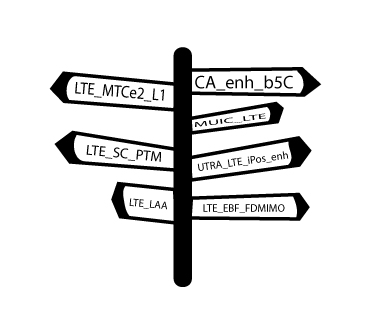
 3GPP News
3GPP News
